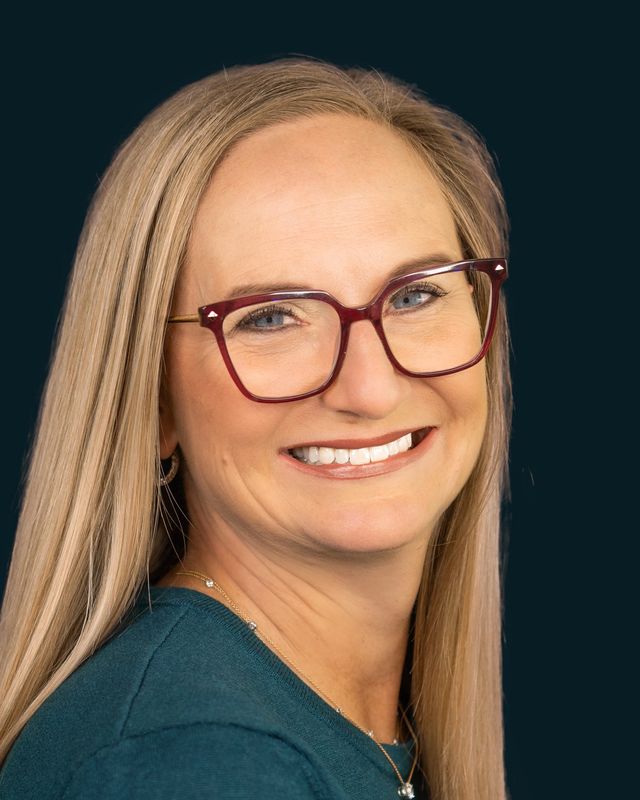The health care crisis facing patients in rural communities is acute and will, unfortunately, only worsen without urgent help.
Texas pharmacies, often the nearest option for rural Texans needing medicines and basic care, have been closing at an alarming rate: one per week for more than two years.
In rural areas, where access to care is already tenuous and the nearest health care provider can be miles away, the closure of a local pharmacy is a critical loss. It can lead to fragmented care and exacerbate health disparities, especially when local doctors, hospitals or clinics are limited.
We need a lifeline for Texas rural health care.
Thankfully, that help could soon be on the way. The Rural Health Transformation Program, a federal initiative in the One Big Beautiful Bill Act passed by Congress earlier this year, could help jump-start investment in sustainable systems that improve patient access to care. This $50 billion program is designed to stabilize patient access to care by supporting development of health care infrastructure and delivery.
These funds could be a game-changer if Washington invests strongly in Texas.
Clearly, the reasons for the federal government to do so are compelling. More than 4.8 million Texans live in rural communities, the most of any state in the country. Rural Texans are often older, sicker, and live farther from hospitals and other health care providers.
As a pharmacist in the Panhandle and as a leader in the Texas Pharmacy Association, I see firsthand the vital role that pharmacies serve in working to bridge that health care gap to ensure our patients get the care they need. Whether it’s chronic disease management, patient education, or medication reconciliation, rural pharmacists are helping prevent costly ER visits and hospitalizations.
But given recent pharmacy closures, continuing to fill this critical role will require funding and other policy changes. We’re optimistic that the Centers for Medicare & Medicaid Services will recognize the unique role pharmacists can play as the agency determines how to distribute funding from the Rural Health Transformation Program.
With this funding, Texas pharmacies can do more to ensure that we retain qualified staff and keep pharmacy doors open to bolster the state’s rural health care safety net. Rural pharmacists and our community health workers can help prevent and manage chronic conditions such as diabetes, support health care services for elderly patients, and assist with behavioral health needs – such as suicide and opiate awareness. We can help fill gaps in the health care system when the nearest hospital or clinic is hours away.
Approximately 12.3% of Texas’ 5,120 community pharmacies are located across 200 rural counties with populations under 68,000. We’re at the epicenter of rural health care, and so, we’re best positioned to expand our presence and services to rural patients if these CMS funds flow into Texas and into local pharmacies.
Rural pharmacies like mine can safely handle basic health care needs with the right authority and partnerships, which is precisely what leaders like Dr. Mehmet Oz, CMS’ administrator, have been highlighting: expanding front-line health care access in rural communities so neighbors can stay closer to home for routine, non-emergency care.
Rural pharmacies are the most accessible health-care touch points in many small towns, and we’re ready to be an even bigger part of the solution to improving rural health.
Crystal McEntire owns pharmacies in the Texas Panhandle communities of Shamrock and Wheeler.
This article originally appeared on Amarillo Globe-News: Texas pharmacists can play a pivotal role in rural health transformation | Opinion
Reporting by By Crystal McEntire / Amarillo Globe-News
USA TODAY Network via Reuters Connect


